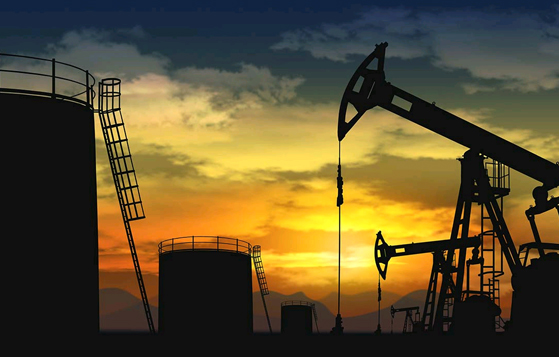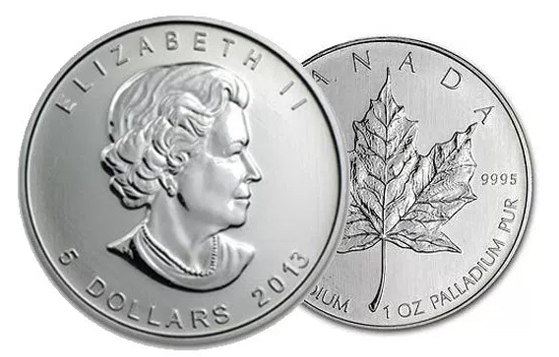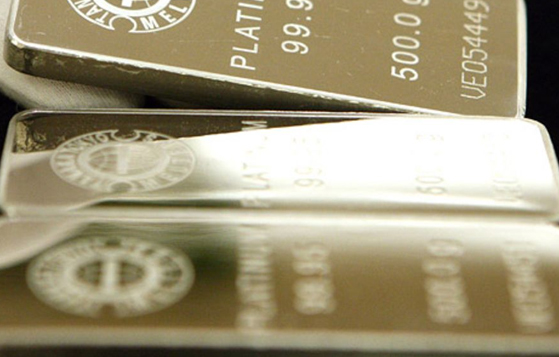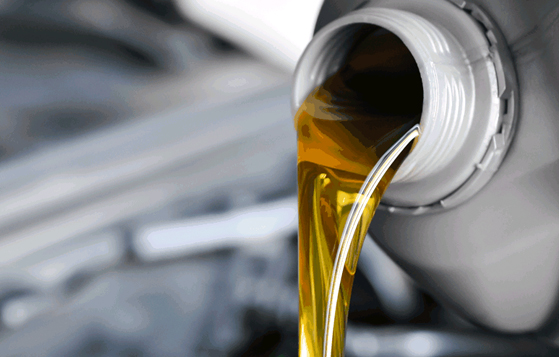Energy & Metals
Global Products Hotline:(852) 3890 0638
Light Sweet Crude Oil
The current major producer countries include the US, Canada, Middle-East and Venezuela but major exporters are places with political instability such as Middle-East, Indonesia, and Venezuela. If coup, labour strike, conflict or drilling accident occurs in such places, oil prices will face upward pressure.
Factors affecting prices
1.Movement of Organization of the Petroleum Exporting Countries
2.Political and Economic Situation of Major Producing Countries
3.Effects of War, Blockade, Embargo and Economic Sanctions
4.Accidents in Pipelines and Oil Tanks
5.Supply and Demand Statistics of Crude Oil in US
6.Development of Alternative Energy
7.Government Policy
8.Global Economic Situation
9.Demand of Industrial Development
10.Seasonal Factors

Copper-High Grade Futures
There are 4 major copper mines in the world: North America (the US, Canada), South America (Chile, Peru), South Africa (Zambia, Zaire) and the Commonwealth of Independent States, contributing 66% of the total world production. The copper mines in the US are concentrated in the western area and Arizona takes up 2/3 of the total production in the US. The US, Japan and European countries are the major consumers of copper.
Factors affecting prices
1.Production of Producing Countries2.Supply for Recycling
3.Overseas Copper Prices
4.Demand of the Need for Industrial Work
5.Global Economic Situation
6.Demand of Industrial Development in the World

RBOB Gasoline
Reformulated Gasoline Blendstock for Oxygen Blending (RBOB) is an unfinished gasoline product blended with naphtha. Gasoline is one of the most used light crude oil as the fuel of transportation vehicles; as a result, the demand of it will be much increased in peak tourist season. In 2006, NYMEX replaced methyl tert-butyl ether-containing leadless gasoline futures contract by RBOB futures contract, making it the primary futures contract. Therefore, NYMEX has a close tie with the Federal government and state governments to develop monitoring measures which ensure RBOB contracts accurately reflect the current market situation.
Factors affecting prices
1.Agreements of Organization of the Petroleum Exporting Countries (OPEC)2.Political Situation and Export Restrictions (such as war, embargo and economic sanctions) of Major Exporting Countries
3.Operating Conditions of Oil Refinery Plants, Tanks and Pipelines
4.Demand and Supply of Petroleum in the US
5.Development of Alternative Energies
6.Government Policy
7.Global Economic Situation
8.Demand of Industrial Development
9.Seasonal Factors (such as winter and peak tourist season)

Gold Futures
Currently there are 12 gold futures markets and 8 gold commodities markets in the world, available 24 hours a day. There are 4 exchanges as the benchmark of global gold prices in the world: London, Zurich, New York and Hong Kong. The largest futures market in the world in COMEX, followed by TOCOM.
Accessory and industrial industries have the highest demand for gold in the world. Gold can also be used in casting gold coins or other forms for storage. Besides, the demand for metals like gold and silver is also affected by the monetary policy of different countries.
The main factors that influence gold prices are its role in international trades and value storing characteristic; in fact, the change in the demand for gold in the industrial sector only has a small influence on the gold prices. As US Dollar plays an important role in the global financial system, gold prices will be under pressure when USD strengthens, and when USD weakens, gold prices will rise. Therefore, the factors that influence USD also influence gold prices. In addition, crude oil price is another important factor to gold prices. As the rise in crude oil prices normally indicates inflation, putting pressure on gold prices. Political factors of producing countries and correlation of prices between gold and other precious metals also determine gold prices.
Factors affecting prices
1.Trading of Gold by the Central Banks of Different Countries and International Institutions2.Investment Needs for Financial Products
3.Industrial Needs
4.Influence of Global Stock Market
5.Exchange Rates

Natural Gas
Natural gas is usually stored in oil fields and natural gas fields, or sometimes between coal layers. It is mainly used in electricity generation, natural gas vehicles, heater/cooler and fertilizers. The use of natural gas is measured in Therm (th, 1 th=100,000BTU). Major producers of natural gas include the US, Russia, Iran and Saudi Arabia.
In 2009, the US overtook Russia as the world's biggest natural gas producer.
Natural gas takes up about 25% of the total energy consumption in the US. NYMEX natural gas futures contract is widely used as a national benchmark price for natural gas.
Factors affecting prices
1.Industrial Needs
2.Local Demand and Supply of Natural Gas
3.Length of Natural Gas Pipelines
4.Prices of Alternative Energies, such as Petroleum

Silver Futures
Accessory and industrial industries have the highest demand for gold in the world. Gold can also be used in casting gold coins or other forms for storage. Besides, the demand for metals like gold and silver is also affected by the monetary policy of different countries.
The main factors that influence gold prices are its role in international trades and value storing characteristic; in fact, the change in the demand for gold in the industrial sector only has a small influence on the gold prices. As US Dollar plays an important role in the global financial system, gold prices will be under pressure when USD strengthens, and when USD weakens, gold prices will rise. Therefore, the factors that influence USD also influence gold prices. In addition, crude oil price is another important factor to gold prices. As the rise in crude oil prices normally indicates inflation, putting pressure on gold prices. Political factors of producing countries and correlation of prices between gold and other precious metals also determine gold prices.
Factors affecting prices
1.Production from Producing Countries
2.Demand and Supply for Recycling
3.Overseas Silver Market Trend
4.Gold-Silver Price Ratio

Palladium
Palladium is one of platinum group elements and precious metals in the world. Similar to platinum, it resists oxidation at ordinary air. It is a non-renewable resource produced only in a small number of countries such as South Africa and Russia with a similar production volume like platinum. It is usually used as industrial materials and materials for making accessories.
Factors affecting prices
1.Production Volume of Producing Countries
2.Investment Needs
3.Industrial Needs

Platinum
Platinum is a naturally white metal.
Platinum is one of the rare metals which is used in making accessories. Only a small number of countries (e.g. South Africa, Russia) produce platinum that the cumulative world production of platinum each year is about 5% of gold. Due to its naturally white color which will not fade and strength which is greater than that of gold, it is usually used as industrial materials and materials for making accessories.
Factors affecting prices
1.Production Volume of Producing Countries
2.Investment Needs
3.Industrial Needs

Heating Oil
Heating oil is also known as No. 2 heating oil. 25% of the products from a barrel of crude oil is heating oil. In early times, this type of contract attracted the wholesalers of heating oil and ultimate consumers who consume huge amount of heating oil. Later, investors see the contract as a hedging tool for diesel and aviation fuel. Nowadays, different businesses also participate in the market of heating oil futures contract, which include oil refinery, wholesalers, retailers, transportation companies, aviation companies and ocean shipping companies, as a tool for risk management.
Factors affecting prices
1.Prices of Petroleum
2.Global Economy
3.Climate of Different Countries
4.Seasonal Factors (e.g. duration/temperature of winter)

Global Products Hotline






